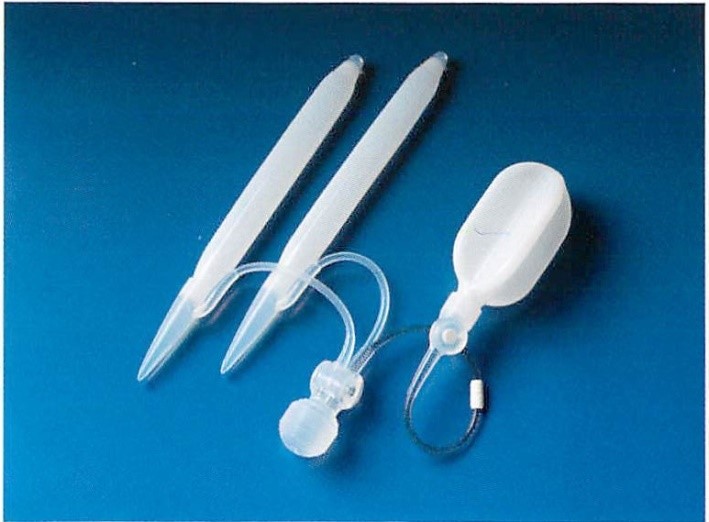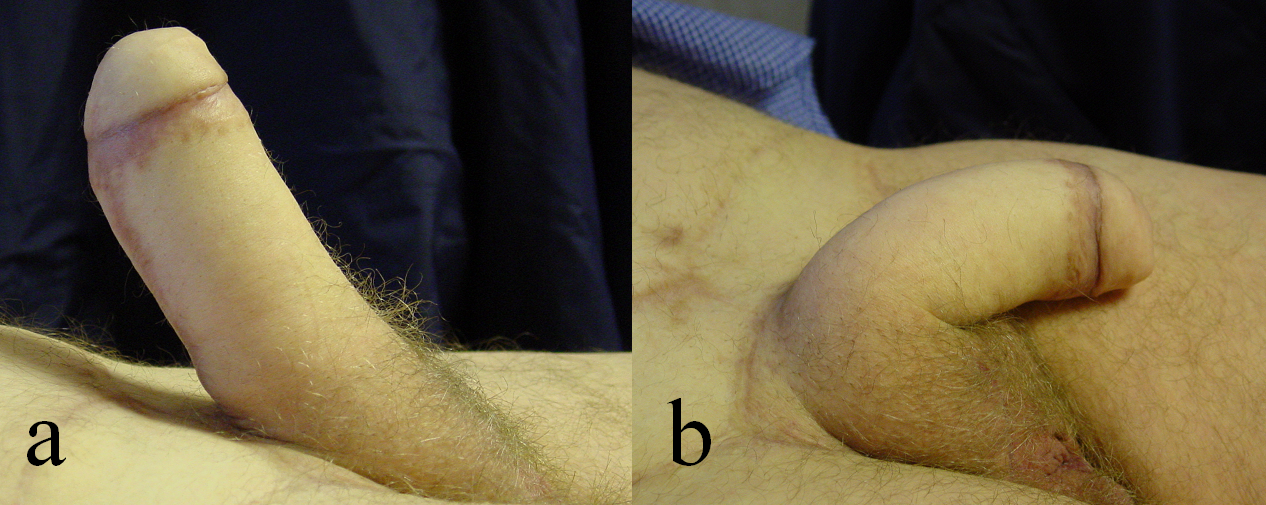There are two main classes of penile prosthesis, the malleable and inflatable models. The malleable or semi-rigid prostheses consist of a silicone rod with a flexible steel core which allows it to be both stiff and bendable. A newer type has interlocking metal segments with a cable connector instead of a steel core allowing flexibility and when the cable is manipulated, the whole thing locks and becomes rigid. There are no external moving parts and they are to all purposes indestructible. They have been used in phalloplasty, as they are simple to insert. Unfortunately, the drawback is their rigidity, which exerts constant pressure on the skin in spite of the Dacron sheath, and erosions are common. Also having a permanently stiff phallus is very inconvenient.
Because of the above problems with the semi-rigid prostheses we mainly offer inflatable prostheses. This is essentially a balloon that can be filled with fluid to create rigidity when an erection is needed. This is much more like the normal erectile spongy tissue. We cannot however reproduce the elastic function of the tunica because the phallus skin is fixed in size.



